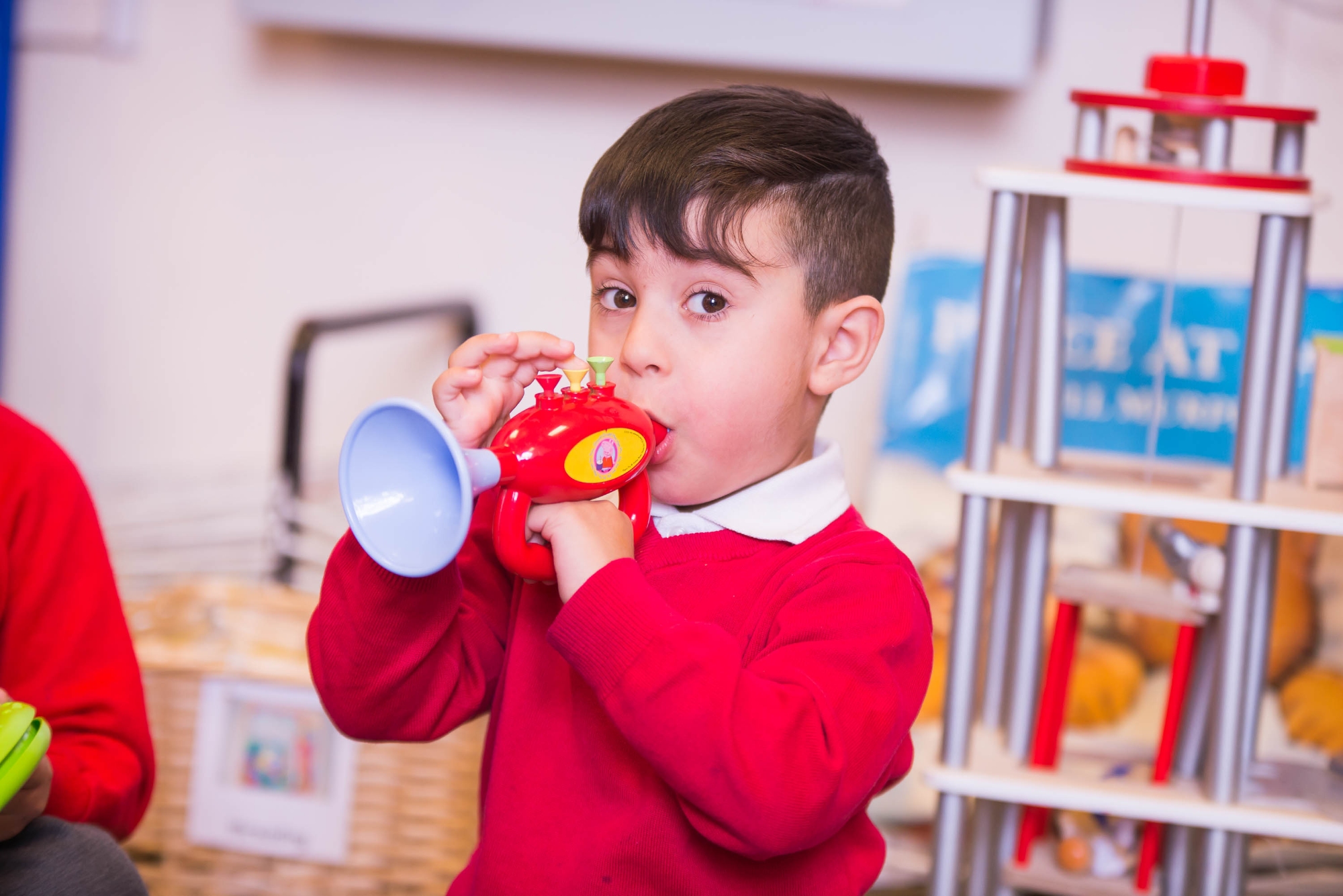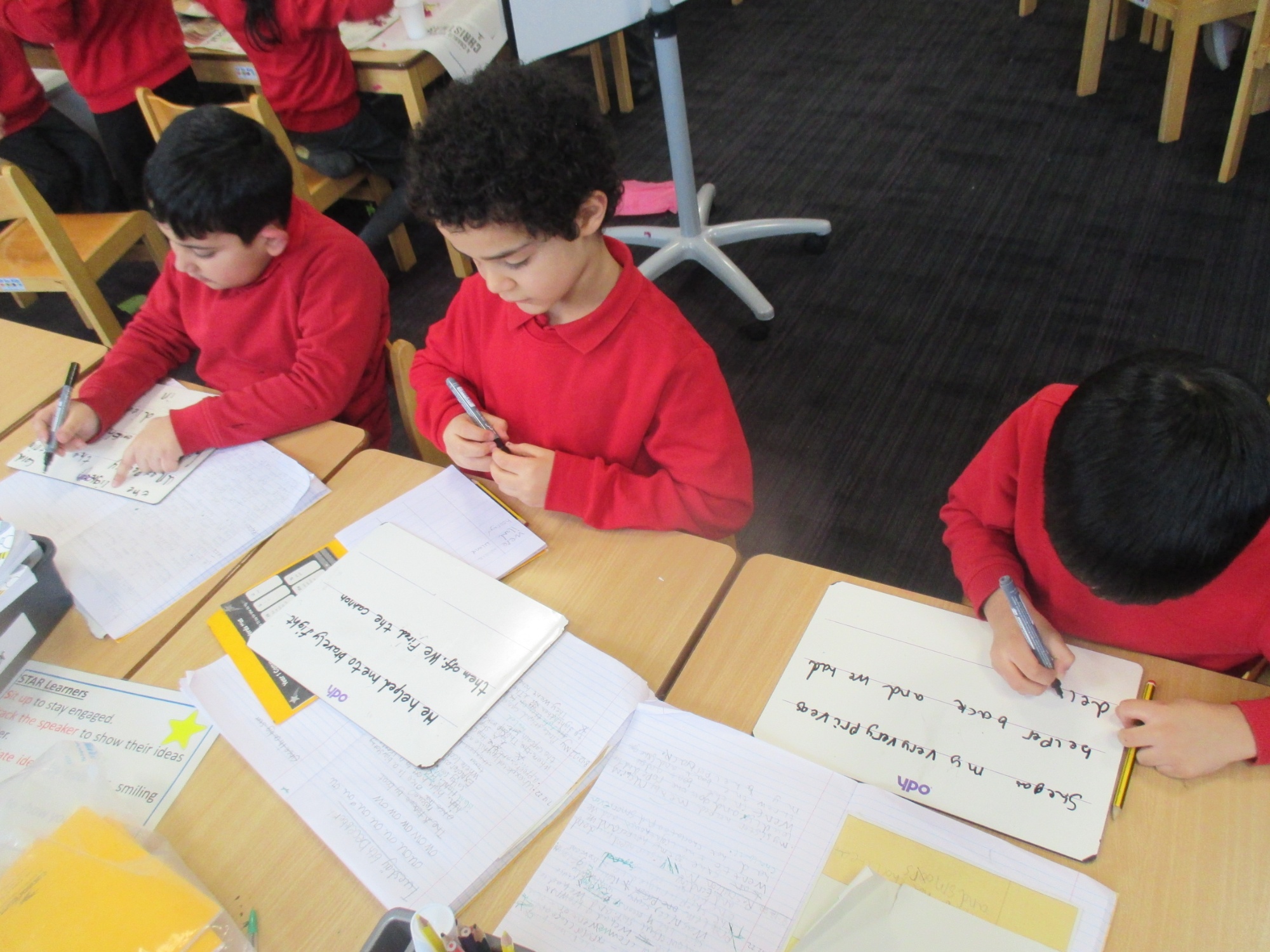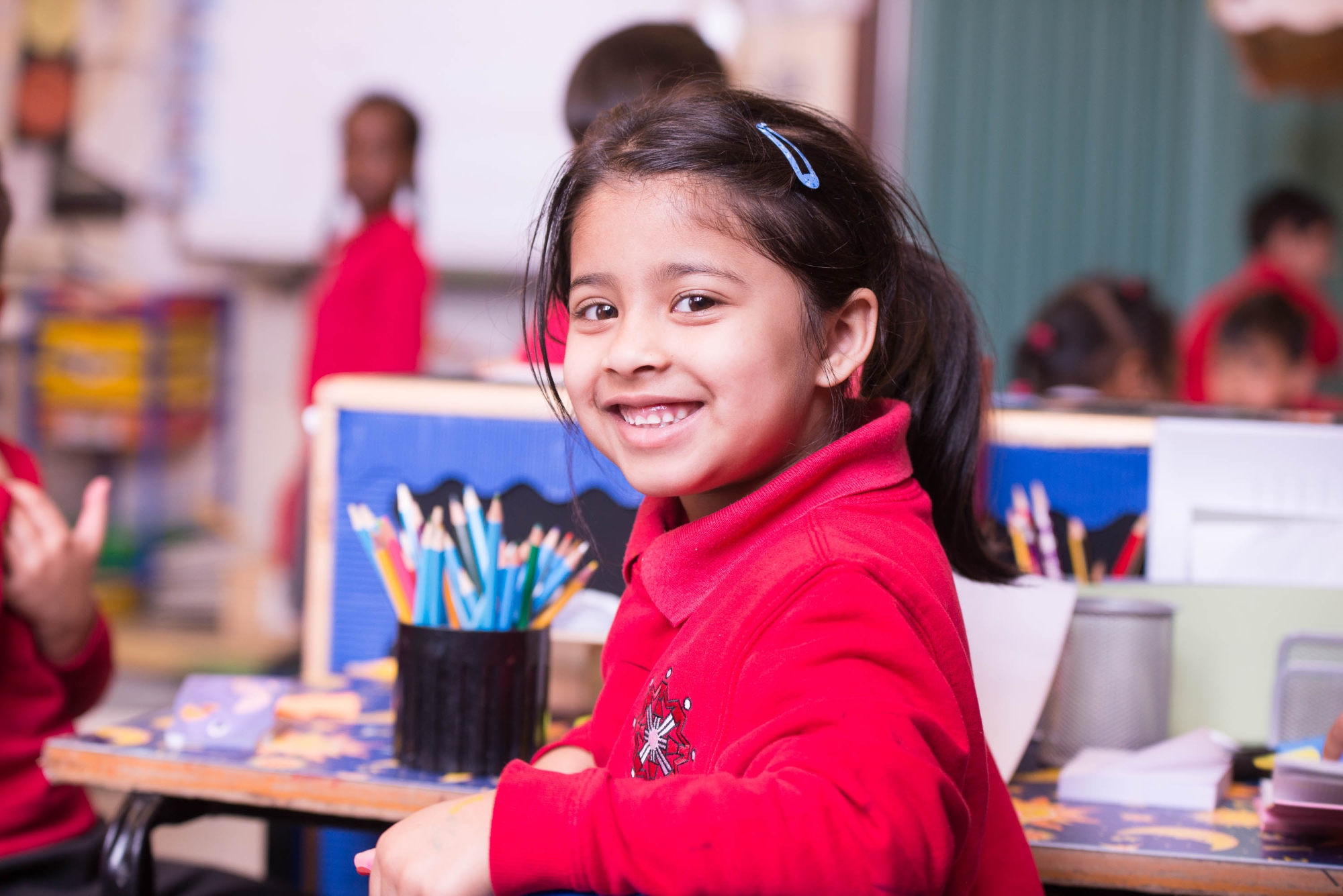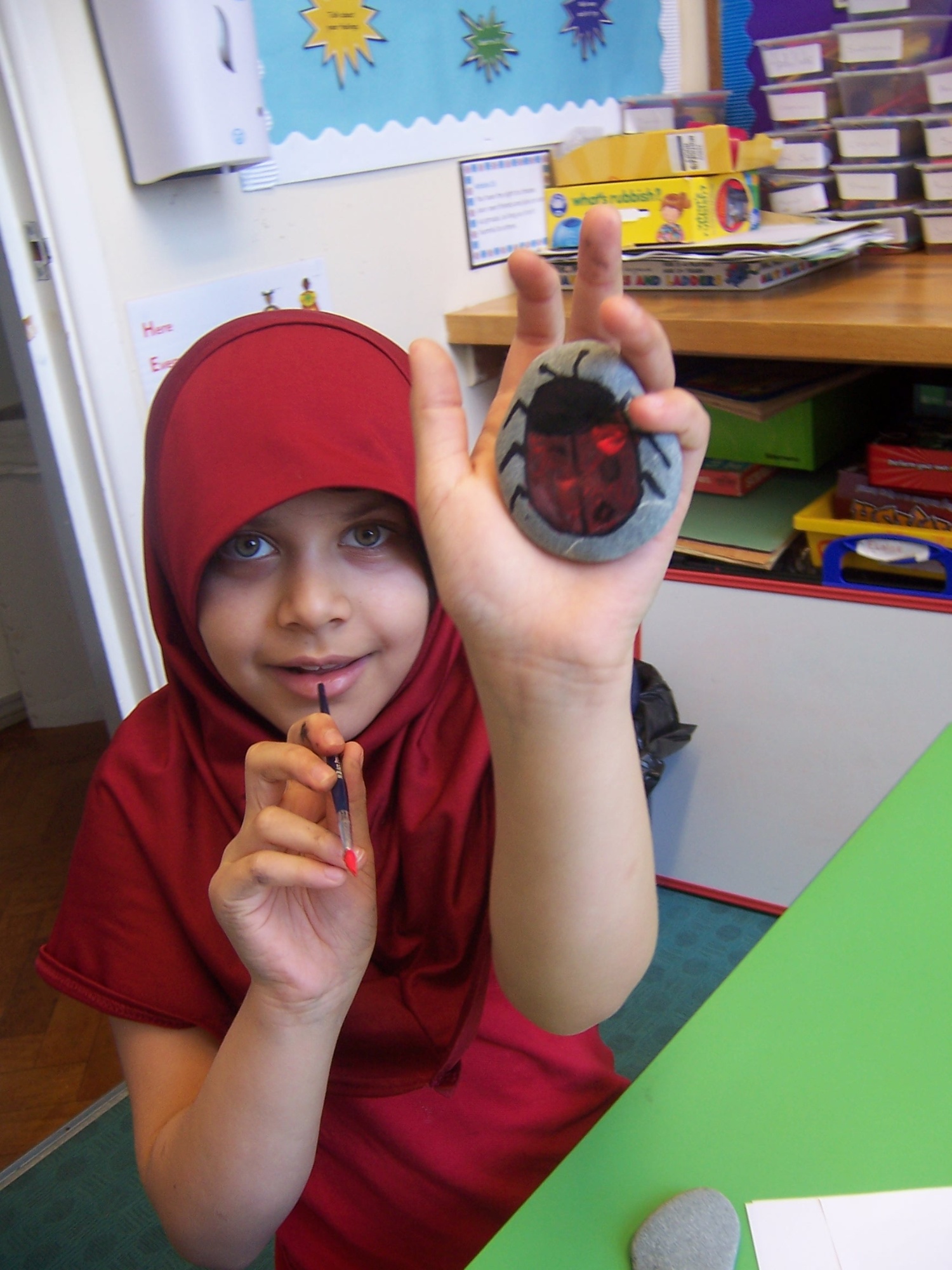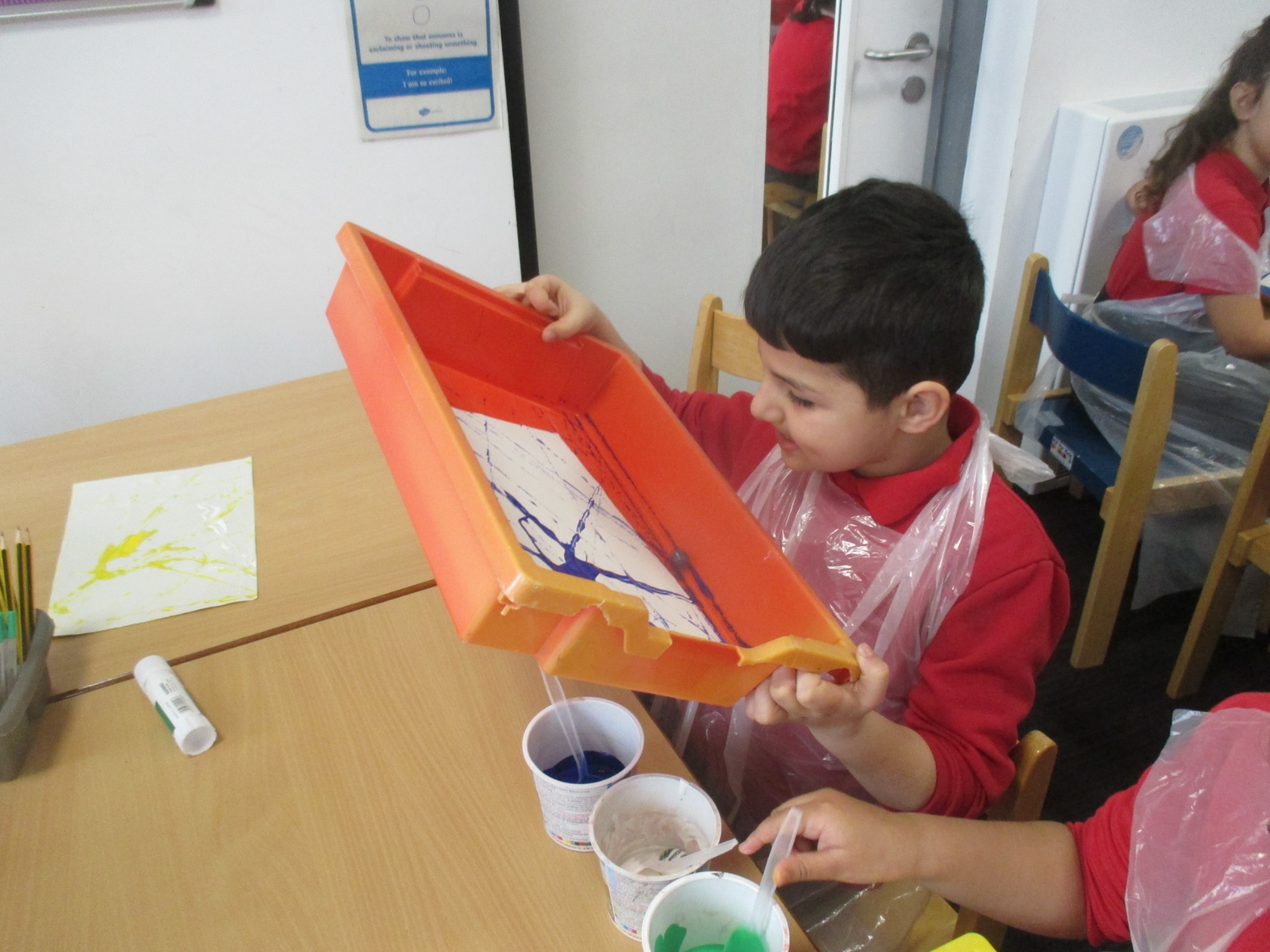Computing
Intention
What are we trying to achieve?
In line with the 2014 National Curriculum for Computing, our aim is to provide a high-quality computing education which equips children to use computational thinking and creativity to understand the world. The starting point is the children and expanding and connecting their knowledge and skills. The curriculum will teach children key knowledge about how computers and computer systems work, and how they are designed and programmed. Learners will have the opportunity to gain an understanding of computational systems of all kinds.
By the time they leave St Benedict’s Primary School, children will have gained key knowledge and skills in the three main areas of the computing curriculum:
- Computer science (programming and understanding how digital systems work)
- Information technology (using computer systems to store, retrieve and send information)
- Digital literacy (evaluating digital content and using technology safely and respectfully).
The objectives within each strand support the development of learning across the key stages, ensuring a solid grounding for future learning and beyond.
We aim to deliver a Computing curriculum that prepares pupils to live and work in an increasingly digital society. Our pupils will be well equipped to use future technology at home and in the workplace.
Implementation
How do we organise this?
The school will be using Teach Computing - the whole-school scheme of work for Year 1 to Year 6 pupils. Teach Computing fully meets the objectives of the National Curriculum for Computing and allows for clear progression in computing. Computing is timetabled as a weekly stand-alone lesson where the skills are taught and developed in a systematic way, building on previous lessons and previous year group learning. The specific theme is taught across school in each half-term so all children will be taught e.g. computing systems and network in Autumn 1. Internet safety is taught across all units and all year groups. However, as a staff we are all aware that IT and computing skills should be developed through core and foundation subjects. Where appropriate, IT and computing should be incorporated into schemes of work for all subjects. IT and computing should be used to support learning in other subjects as well as developing computing knowledge, skills and understanding. Our school provides pupils with opportunities to enrich and deepen learning using cross-curricular approaches.
All children take part in Internet safety day activities and children in KS2 take part in workshops led by professionals linked to social media and internet safety through the year.
- There is one ICT Suite comprising 12 desktop computers connected to the school network.
- There are 31 iPads located in a secure trolley in the Computer suite which are timetabled for use by all children.
- There are 3 trolleys (one located on each floor of the KS2 building and one located in the KS1 building) each with 30 Chromebooks. Access to each trolley is accessed by four classes.
- Internet access is available in most classrooms.
- Each class from Reception to Year 6 has an allocated slot per week for teaching computing as a discrete subject.
- The computing suite, iPads and Chromebooks are available for use throughout the school day as part of computing lessons, interventions and for cross-curricular use.
- Pupils may use IT and computing independently, in pairs, alongside a TA or in a group with a teacher.
The school has an IT Manager who is on-site for 3 days per week.
Impact
How do we know it is successful?
This approach to the curriculum results in a fun, engaging, and high-quality computing education. Children enjoy participating in variety of computing activities. They are confident in using a range of hardware and software. Children develop a good range of technical skills and are able to use technical vocabulary accurately. Teachers have high expectations and a good computing subject knowledge.
The quality of children’s learning is evident through samples of their work.
Parental involvement
Parents are encouraged to support the implementation of IT and computing where possible by encouraging use of IT and computing skills at home for pleasure, through home-learning tasks (using Google classroom, TT Rockstars, Bug Club etc) and use of the school website.
Curriculum Overview Yr 1-2
Curriculum Overview Yr 3-4
Curriculum Overview Yr 5-6


